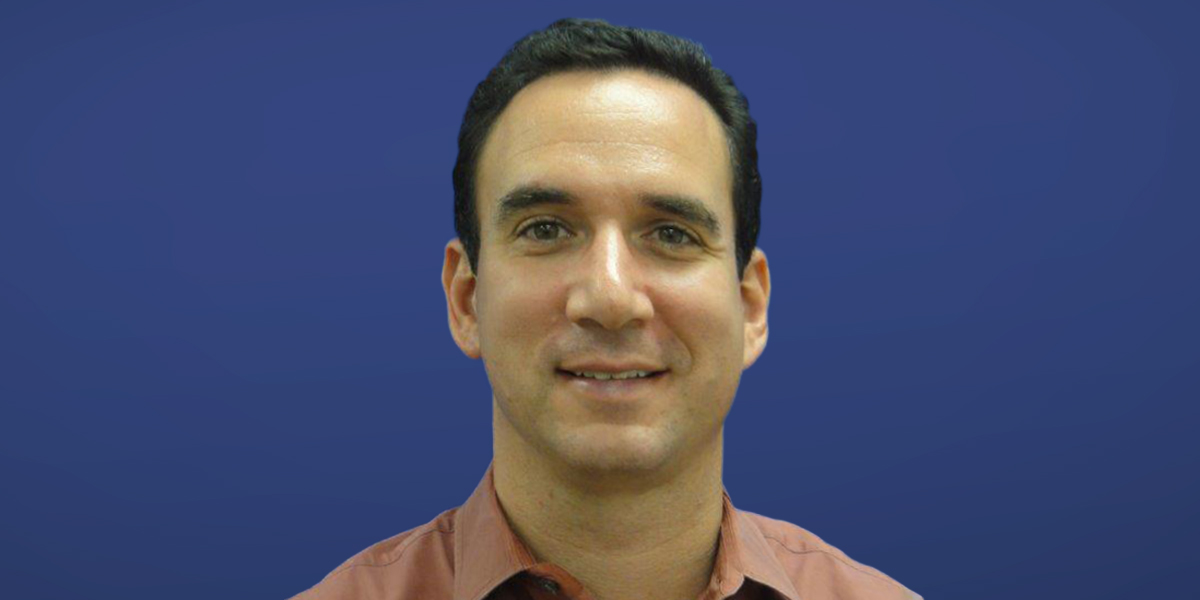This is the time of year to sit back at night, in front of the fireplace, a cup of hot chocolate in hand, warming up after the coolness of the day. As I sip, I notice the marshmallows bobbing up and down and reflect on the impact those white confections have in medicine. Yes, marshmallows have a medical history and stories that resonate for our daily work.
They’ve made their way into cereal, desserts, drinks. These sugary cubes infiltrate the day. And I now want them to infiltrate yours. Part of the doctor’s bag, as another tool to remind you of medicine’s history, teamwork and grit.
Turn on “Happier” by Marshmello for a few gooey stories about America’s favorite snack. Perhaps have a s’more, invented by the Girl Scouts, bounded by the graham cracker. A medicinal snack. The graham cracker, invented by Sylvester Graham, who started the dietary reform movement in the US. In the 1830s, he advocated for moderation and avoiding processed foods, which inspired a movement of Grahamites. The s’more centerpiece, the marshmallow, originated as an herbal remedy. The marsh-mallow root, known as Althaea officinalis, with Althaea derived from the Greek, meaning to heal. The root was used to make confections. Now all marshmallows are made with sugar and gelatin. This sticky root was carried in the old doctor’s bag as well. It has been used as a digestive cure, poultice and a cough suppressant. The chocolate bar flavoring contains the cocoa bean, another favorite medicinal.
As a kid, I loved taking the soft, cloud of goodness and mushing it over and over again, until it became a sticky mass a quarter its original size. The spongy lump of sugar turned into a sappy existence in a matter of seconds. Marshmallow transformation. A reminder of those daily transformative moments in the hospital, when a simple cough turns out to be a cancer diagnosis, or indigestion means a heart attack. When a moment becomes momentous. We live in those liminal moments – when things don’t always seem as they appear, and the world changes from the smooth to the sticky in a matter of seconds.
My kids tell me about their great projects in class. One of them involved dried spaghetti, tape, paperclips and a marshmallow. Whoever builds the tallest tower that can hold that marshmallow atop wins. My kids have regaled tales of their tallest tower for years, but last year, reading about this in The Culture Code, I learned of the research done on this childhood challenge. Arts and crafts that teach us lessons about teamwork. Groups of kindergarteners were faced off against MBA students who had studied teamwork. Who would win? Who builds the tallest tower? The kindergarteners almost every time. Why?
Think about meetings and conversations you have in the hospital. I’ve seen near misses and errors, with folks afraid to discuss, share or present. I’ve been in QI meetings where we discuss the same problem for months. 6 months later, testing out a new order set. I’ve seen teams where interns and students are afraid to mention an unusual differential diagnosis. What about being on rounds where a nurse doesn’t mention to the provider about overnight events because of the deep-seated hierarchy?
The 5- and 6-year-olds aren’t afraid to speak up. There’s no hierarchy; they aren’t afraid of diving in and failing, then starting over. They aren’t planning the entire time. They aren’t holding back their suggestions because they fear the more experienced members of the team probably know the better answer. They speak up. Failing is tolerated and enjoyed, and no one puts their ego above the primary mission. The spaghetti tower. The patient.
The more famous marshmallow story involves grit, based on a 1983 Stanford study. If a marshmallow is placed in front of you to eat now, or if you are told you can have two if you wait 15 minutes, do you wait? Who waits for the better reward? Do you have the patience to sit for 30 more minutes to hear the full story and get a better diagnosis? We all made it through medical school, residency, grueling hours. I would say most folks in the medical profession delay gratification. Maintaining that grit, that perseverance will continue to get us through each tough day, avoid the shortcuts, to get through to the endgame. Though interesting, this study may not really live up to the 30-year hype. A 2018 study wasn’t able to reproduce the original study finding. Delaying gratification, grit, perseverance are still great traits, but the original study couldn’t be replicated. A reminder of the importance of replication in research.
These white nuggets floating around in the milky hot chocolate add an extra layer of smoothness to a wintry drink. They have been in the medicine bag from a long time. Now full of sugar instead of the root of the mellow plant. No longer a cure for stomach aches, though you can buy marshmallows with the original ingredients. Enjoy the transformative powers marshmallows bestow today: teamwork, grit, resilience, and well, they are perfect in that hot cocoa.



Leave A Comment